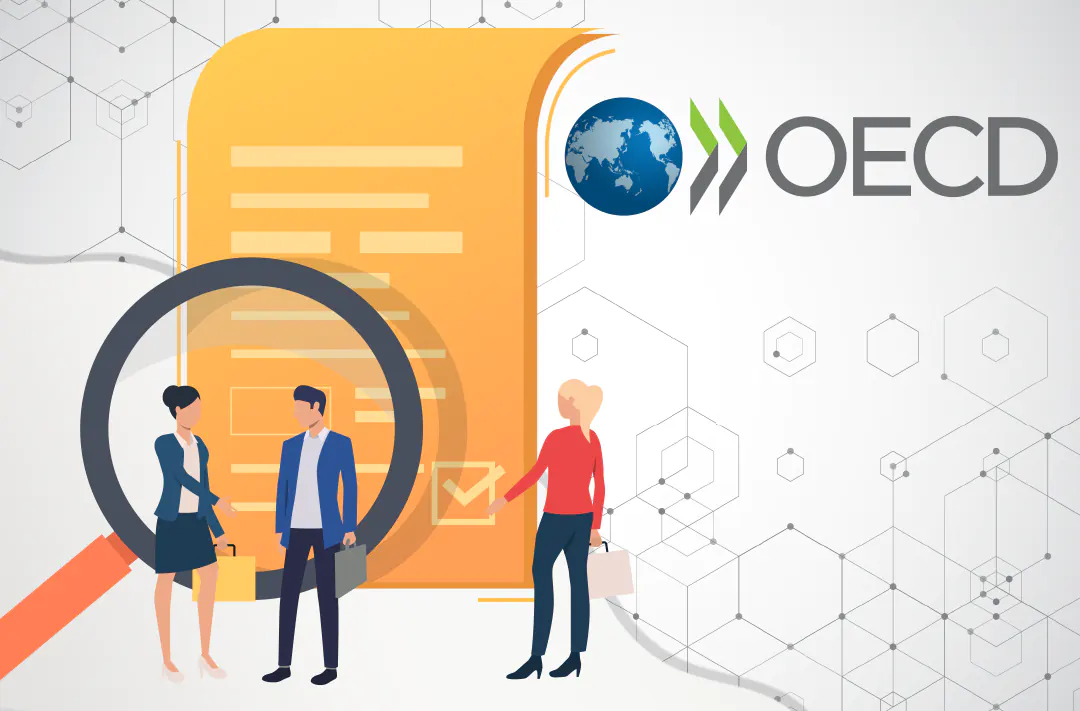OECD develops an international taxation system for digital assets
Stablecoins, crypto derivatives, and some NFTs will be supervised by the organization

11.10.2022 - 09:45
393
2 min
0
What’s new? The Organization for Economic Co-operation and Development (OECD) has released its new global tax reporting framework for digital assets to combat tax evasion, the Crypto-Asset Reporting Framework (CARF). The framework provides for the collection and automatic exchange of transaction information. The organization defines cryptocurrencies as “assets that can be held and transferred in a decentralised manner, without the intervention of traditional financial intermediaries, including stablecoins, derivatives issued in the form of a crypto-asset and certain non-fungible tokens.”
What else is known about CARF? Intermediaries and other digital asset-related entities, such as exchanges, brokers, and ATM operators, are also included in the new set of rules. Along with it, “work is ongoing on an implementation package to ensure the consistent domestic and international application of the CARF,” the report notes.
The OECD’s press release said that the document was developed in light of the rapid growth of the crypto industry. The CARF will be presented at the upcoming G20 summit.
“The current scope of assets, as well as the scope of obliged entities, covered by the Common Reporting Standard (current standards) do not provide tax administrations with adequate visibility on when taxpayers engage in tax-relevant transactions in, or hold, relevant crypto assets,” the OECD notes.
In addition, the innovations are consistent with recent changes to global anti-money laundering (AML) standards authored by the Financial Action Task Force (FATF).
According to CARF, crypto companies must file reports in the country of doing business, report on the procedures for converting assets into fiat or other cryptocurrencies, and transfers, including retail payments. The CARF requires mandatory identification from both businesses and individuals.
In this, transactions in central bank digital currencies (CBDCs), as well as indirect investments in crypto derivatives or investment vehicles based on digital assets, fall under the CRS, not the new CARF standard.
Following the collapse of the Terra ecosystem in May 2022, G7 countries appealed to the Financial Stability Board (FSB) to accelerate the “development and implementation” of consistent and comprehensive regulation” of cryptocurrencies. In September, the International Monetary Fund (IMF) called on the FSB to lead global efforts to regulate digital assets.
In early October, the European Parliament voted to modernize taxation with blockchain. The document determines that converting cryptocurrencies into fiat is the most appropriate option for calculating taxes. The European Commission has yet to provide a clear definition of possible taxable events.
Useful material?
Market
Earlier, the community criticized the project for its lack of transparency, which led to a sharp drop in the HYPE token price
Jan 8, 2025
Market
Rising US Treasury bond yields are negatively affecting risk assets
Jan 8, 2025
Mining
The Avalon Mini 3 is available for pre-order at $899
Jan 8, 2025
Market
The exchange obtained the documents as part of the Freedom of Information Act proceeding
Jan 6, 2025
Market
According to the preliminary plan, the free coin giveaway will take place in January 2025
Dec 27, 2024
Market
The fund’s issuer will be Donald Trump associate Vivek Ramaswamy’s Strive company
Dec 27, 2024









 Telegram
Telegram  Twitter
Twitter